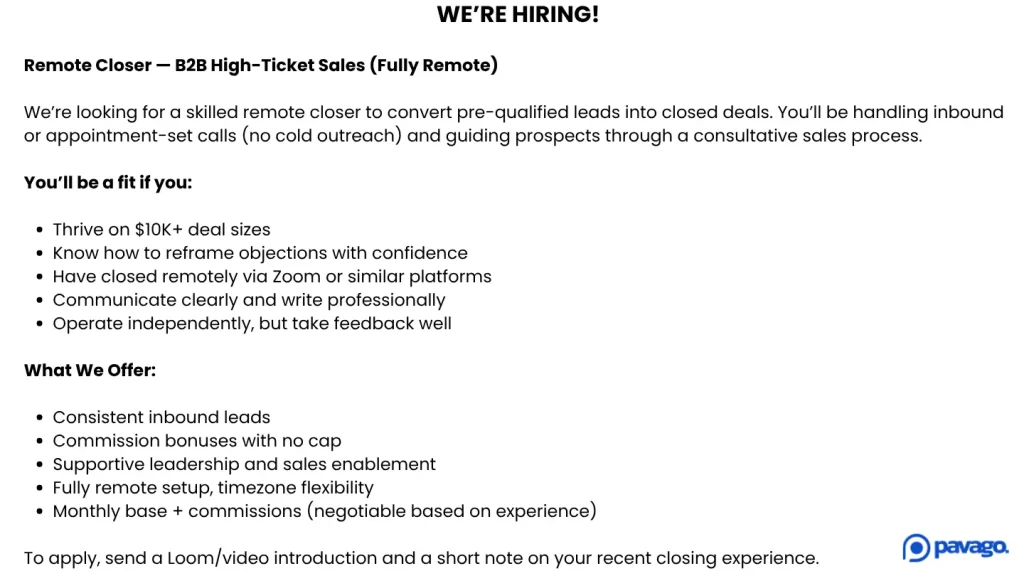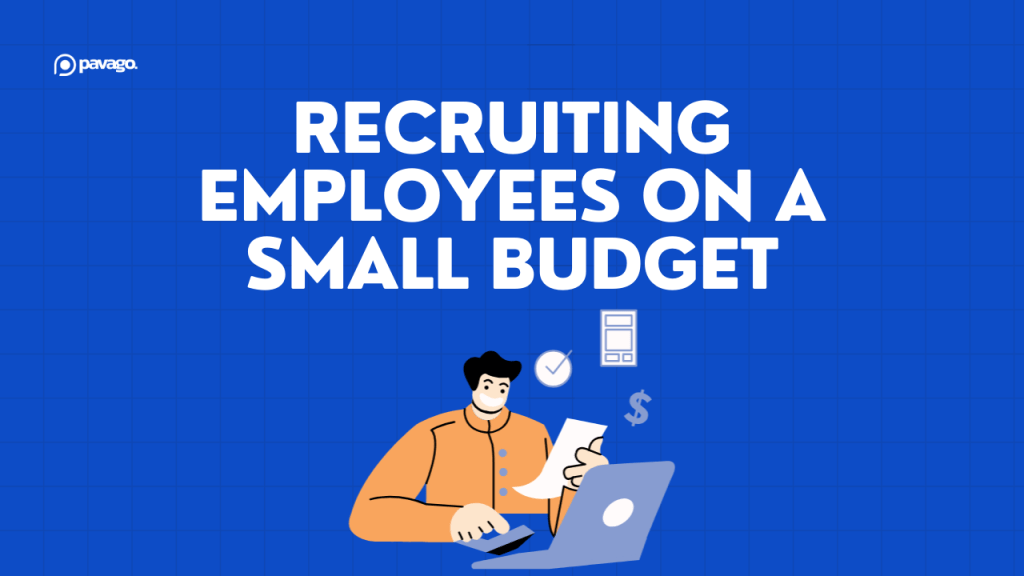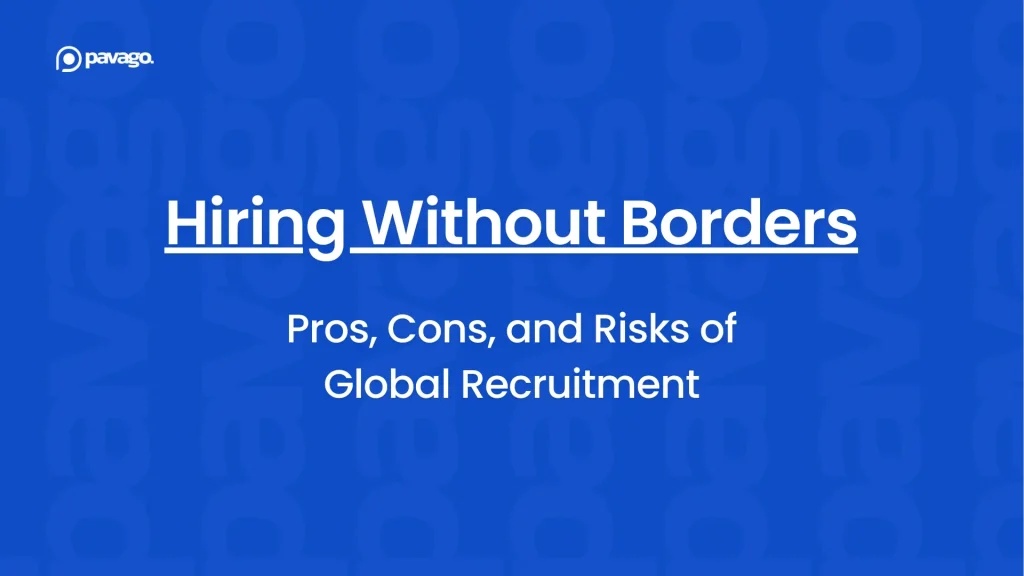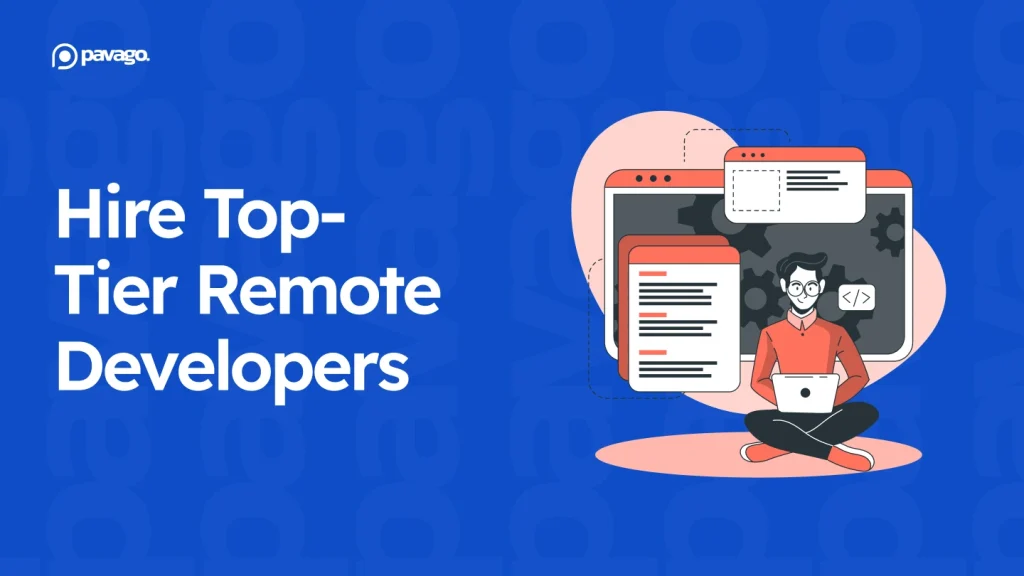If you’re running a small business, you’ve probably been told some version of: “You get what you pay for.” When it comes to recruiting, that’s not entirely true.
Yes, budget matters. But what matters more is how you recruit — where you look, how you scope roles, and how much process you build around it.
The good news? You don’t need a six-figure salary to hire A-player talent. You just need a smarter strategy.
This guide walks you through how to recruit employees on a small budget. We’ll talk about how to find and recruit high-performing team members — even with a limited budget — by tapping into overlooked talent markets, writing better job descriptions, and being methodical instead of reactive.

Recruiting Employees with a Limited Budget: How to Do It Right
Step 1: Start With the Outcome — Not the Title
Most small businesses jump straight to hiring based on job titles they’ve seen at other companies — “I need an Operations Manager” or “We need a Head of Marketing.”
But when you’re working with a smaller budget, this thinking can lead you to over-hiring, mis-hiring, or burning through budget fast.
Instead, start by asking:
- What is the core outcome I need help delivering over the next 3–6 months?
- What are the tasks or projects I’m currently stuck in that prevent me from growing?
- Can this work be done part-time or asynchronously?
Example: Instead of hiring a full-time finance manager at $90K/year, you might only need someone to reconcile accounts, prepare monthly reports, and manage payroll, which an experienced offshore accountant can do at 20-30% of the cost.
Step 2: Expand Your Hiring Horizons
A big opportunity for budget-conscious businesses is realizing that great talent doesn’t have to be local. With the rise of remote work and global connectivity, you can now hire:
- A full-time offshore bookkeeper for $1,200/month
- A graphic designer in Eastern Europe for $1,500/month
- A customer service VA for $1,000/month
These professionals are not “cheap labor” — they’re highly skilled, experienced, and hungry to grow. The cost difference comes from local economies, not quality.
Start by identifying which roles don’t require real-time collaboration or physical presence. These are prime candidates for offshore hiring.
Not sure where to start?
Pavago can help you identify, source, and recruit employees these roles quickly so you get maximum value from your budget.
Step 3: Write Job Descriptions That Cut Through the Noise
The best candidates — especially offshore — are scanning hundreds of job listings. Most are vague, bloated, and full of buzzwords.
If you want to attract strong candidates on a tight budget, focus your job post on:
- Outcomes: What will they own? What does success look like?
- Clarity: Tools they’ll use, systems in place, reporting lines
- Real timelines: “Within 30 days, we expect X to be complete.”
This approach filters out low-effort applicants and helps you connect with self-starters. Here’s a sample job description to give you an idea:

Step 4: Source Candidates Strategically
To recruit employees on a limited budget, skip the generic job board blast. Focus on a few targeted, high-impact channels:
- Direct outreach on LinkedIn by searching for titles and locations
- Recruitment partners like Pavago, who screen and shortlist candidates for you
- Specialized offshore platforms like OnlineJobs.ph, Remote OK, or Workana
- Referrals from people already in your remote team
Each of these channels gives you different levels of control vs. time saved. Use what fits your current bandwidth.
Step 5: Use a Simple, Fast Hiring Process
Speed matters — especially when hiring remote talent. Dragging out interviews or assigning unpaid test projects will cost you good candidates.
Here’s a lightweight but effective process:
- Shortlist using screener questions or video intros
- Do one live interview focused on communication and ownership
- Assign a short paid task based on something they’d actually do in the role
This gets you to a confident yes/no quickly — often within 30 days.
Pavago streamlines this process even further — delivering pre-vetted, top-tier candidates so you can recruit employees in as little as 21 days.
Step 6: Onboard Like You’re Building a Team — Not Plugging a Gap
Recruiting employees on a small budget doesn’t mean you cut corners on onboarding. In fact, the better the onboarding, the faster your hire delivers ROI.
Prepare the following before they start:
- Clear documentation or Loom videos for their daily tools
- A 30–60–90 day roadmap of expectations
- A weekly check-in rhythm
Remote hires succeed when they know exactly how to win — and when they feel supported, not micromanaged.
Related: Onboarding Remote Employees – A Complete Checklist
Frequently Asked Questions on How to Recruit Employees for A Small Business
Parting Thoughts
You don’t need to sacrifice output or experience for hiring employees on a small budget. You need to rethink how and where you hire.
If you define the outcome clearly, source globally, and onboard intentionally — you’ll build a lean, high-performing team that punches above its weight.
Smart founders don’t hire cheap — they hire strategically. And global hiring is the cheat code they’ve been using for years.
So now it’s your turn.
Where Pavago Fits In
If you’re looking for A-player talent at startup-friendly pricing, Pavago helps you:
- Access elite offshore candidates pre-vetted for skills, culture, and communication
- Get fully supported with sourcing, contracts, onboarding, and payroll
- Skip costly placement fees and long-term contracts
Most of our clients hire their first offshore team member within 2–3 weeks — and go on to scale entire teams.
Let us help you build the team you need without burning your budget.
















